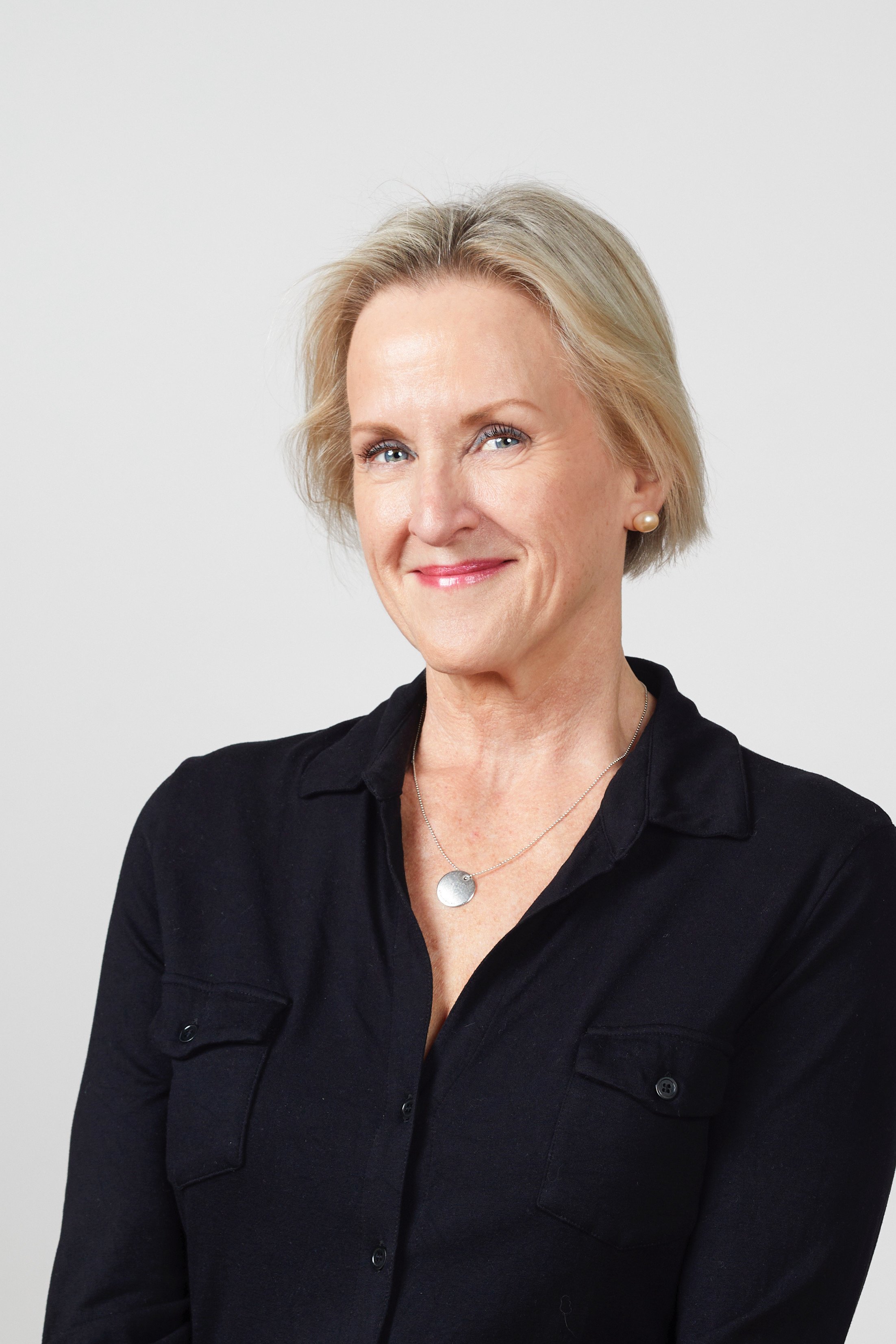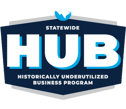A Recap of the May 18th USP <800> Preparedness Lunch + Learn
If the inspectors walked in the door today, would your facility fully comply with USP <800>?
- When asked, 86% of attendees said, “No,” they are not compliant yet.
- One attendee did say, “Yes, they are compliant with USP <800>.
In this webinar, we looked at the annual USP <800> poll by Pharmacy Purchasing and Products and what we see with our installed base of customers as far as USP <800> readiness and what to expect when the inspectors come knocking.
Pharmacy Purchasing and Products’ annual survey asked over 225 pharmacy directors if they thought they were compliant with USP<800>, and only 30% said “yes.” This survey was taken in July of 2022, so we expect that those numbers have certainly improved but looking at the poll done of the webinar attendees, there is still a lot of work being done to comply. We understand: you don’t know what you don’t know until the inspectors come. Hang in there and keep pressing on because we're all learning together.
What do we know about inspector queries?
Compared to last year’s Pharmacy Purchasing and Products survey, inspections are rising significantly, especially in the accreditation area, where the numbers have increased by almost 20%. State inspections have increased, and CMS percentages have surprisingly decreased year over year.
Regarding the number of queries and what the inspectors are focused on, CMS has remained the same. The number has certainly increased in the State Board inspections and accreditation inspections. State Board questions have become much more robust, as seen in this image. This list can be a resource for you as you prepare for inspections.

Your Budget: Leverage USP <800>
This is excellent news! According to Pharmacy Purchasing and Products, 75% of facilities are leveraging this regulatory requirement to gain funding. This tells us that now that there is a solid deadline - November 1, 2023 - people are highly motivated to complete the task and can get the attention of hospital administration. Compliance with USP <800> requires a lot of resources, and because it’s an unfunded mandate, we’re seeing more clients get approval for funding to help meet the requirements.
To help you with your funding needs, we’ve created an SBAR template available on our Rpharmy Resources Page. The SBAR is, of course, written to support the funding of our software but modify it to whatever your needs may be.

Who does the Pharmacy Protect?
The CDC says that more than 8 million healthcare workers are exposed to hazardous drugs yearly. And the Pharmacy is tasked with protecting nearly every one of these healthcare workers, thanks to USP <800>. This USP image illustrates all the people considered a “healthcare workers” by the USP and who, therefore, must be protected from hazardous drug exposure.
Depending on the size of your organization, your pharmacy may be responsible for thousands to tens of thousands of people under USP <800>. Astonishingly, the pharmacy must gather the safety information together and communicate it so that the end user can understand it and properly follow the instructions.
When building our software, we looked at the infographic and thought about all the people the pharmacy needed to protect. In the image of Rhazdrugs, we included these areas to align with the USP infographic of the healthcare workers covered under USP <800>. This includes handling concerns involved with administration, patient care activities, extravasation, and many more tasks.
Assessments of Risk: What do inspectors look for?
When we first started writing this software in 2018, before the pandemic, many clients didn’t write Assessments of Risk (AoRs) because of the time and effort involved and instead used Table 5. Then they eventually saw cost implications and the requirements of USP <800> compliance and began writing AoRs. I believe we will continue to see the AoR philosophy evolve as the USP <800> process becomes more prevalent.
We hosted a webinar a couple of weeks ago focused on AoRs, where we shared many images illustrating how some of our customers have approached risk assessments. You can watch the video here.
As you’ll see, we see a wide range of the number of AoRs written by our clients - from those that mainly focus on providing alternative containment strategies for only oral formulations to those that write AoRs for everything that USP allows, which is anything that is not an antineoplastic and any antineoplastics that do not require manipulation.
If you’re not writing AoRs, compliance could be one issue that may force your hand to create AoRs. For instance, nursing may not realize that the hazardous drugs' scope extends far beyond chemotherapy. Recently we worked with a hazardous drug oversight committee for a health system where nursing staff requested to remove the requirement of wearing gowns for any Group 2 or 3 drugs because it would require re-training staff and disrupting their current workflow. It’s general knowledge that NIOSH Table 5 provides general guidance on what PPE is recommended for each hazardous drug form and related activity. For instance, it states gowns are recommended when administering all formulations, except for intact oral solids and pre-filled syringes or injectors. By adding AoRs for these drugs, the health system worked around this issue. Their AoR basically states that the pharmacy would dispense the drugs in such a way that it would mitigate the risk of exposure.
We need to remember that student nurses entering the workforce may be working with a preceptor who has been in nursing for many years and relaying information not based on the most recent hazardous drug standards and protocols, which can put new nurses in danger of exposure. When the information is at the point of care for all nurses that doesn’t happen.
Drum Roll… The Long-Awaited NIOSH 2020
The NIOSH 2020 draft is being pushed forward with the official name: “NIOSH List of Hazardous Drugs in Healthcare Settings 2023.” It will be official once the Federal Register reviews and approves, although we still don't have an estimated date. Until then, we are still referencing NIOSH 2016.
In the meantime, NIOSH added two new drugs to the hazardous drug list in May 2023. This gives us approximately 122 drugs on the NIOSH 2016. The newly listed drugs are Lurbinectedin (Zepzelca) and Mirvetuximab soravtansine (Elahere); both are antineoplastic agents and will be added to Group 1.
While only 22% of PP&P respondents include hazardous drugs beyond the NIOSH list, most of our clients include drugs not on the NIOSH list. It is interesting to us that we have not seen this in practice throughout our work. Perhaps it’s the gradual understanding of the mandates that the hazardous drugs list should include drugs used in your scope of practice and those on the NIOSH list.
We’ve seen as few as 50 drugs for those facilities that do not do any compounding and/or infusions, to more than 350 for those that are including every hazardous product that could possibly come through the door, whether it be investigational drugs or hazardous medication brought in by patients on continuing therapy. Even some compounding agents may be on the EPA list.
Labeling and Signage are USP <800> “Must”
Any hazardous drug that leaves your pharmacy must be labeled as such. Also, your facility needs signage in the hazardous drug infusion and compounding areas. Also, remember signage for patient rooms for those inpatients receiving hazardous drugs. Think about visitors, non-clinical staff, including dietary staff, environmental services, and that maintenance person that just needs to fix a television. Everyone has the right to be protected.
Segregation is a “Must”
The Pharmacy Purchasing and Products survey showed that 92% of healthcare facilities practice segregating hazardous drugs from non-hazardous drugs in their storage areas. This image shows how our clients present segregation information to their end users.

Pharmacy Purchasing and Products says 96 percent of facilities do not use pneumatic tubing systems to transport hazardous drugs. This is an image of how one of our clients presents information about using the pneumatic tube system.

The USP <800> “Shoulds”
The “Shoulds” are not required, but remember that your local regulatory agencies may decide that they're a good idea and may adopt them.

As mentioned, healthcare systems should review any drugs that come into the facility and decide if they need to be added to the hazardous drug list.
The plastic-backed mat used in compounding is one “should” that tends to be a surprise. In Sherlene’s years in pharmacy, a plastic-backed mat was constantly used to compound any hazardous drug. Again, the “must and shoulds” documents will be placed on the Rpharmy hazardous drug resources page for your reference.
When PP&P respondents were asked about Closed System Transfer Devices (CSTD), 79% of facilities said that their nurses are aware of CSTDs. This image shows the administration label on the upper left-hand side and how this client communicates when to use the closed system transfer device and with what medications.

Wipe sampling is another “should.” In the 2022 survey, 41% of facilities are already conducting wipe analysis. While wipe analysis is a “should,” it's highly recommended to understand where you may need to focus on increasing protection.
When we polled webinar attendees about whether they conduct spill drills, 50% do conduct spill drills, while 50% do not. While an increasing number of facilities are conducting spill drills, this practice remains pharmacy centric (53% in the pharmacy, according to Pharmacy Purchasing and Products). Those facilities running spill drills on patient care units (48%) or in the receiving area (36%) are still in the minority. Here's an example of an image of how our clients inform people on how to handle spills.

We hope this information helps as the USP <800> deadline approaches. The Rpharmy team is here to help as you prepare.
This Thursday, we’ll wrap up the USP <800> Preparedness Lunch + Learn series and take a look at a Rhazdrugs demo. Register here.
Also, you can watch any of the videos of the USP <800> Preparedness Lunch + Learn webinars again for the first time here.


